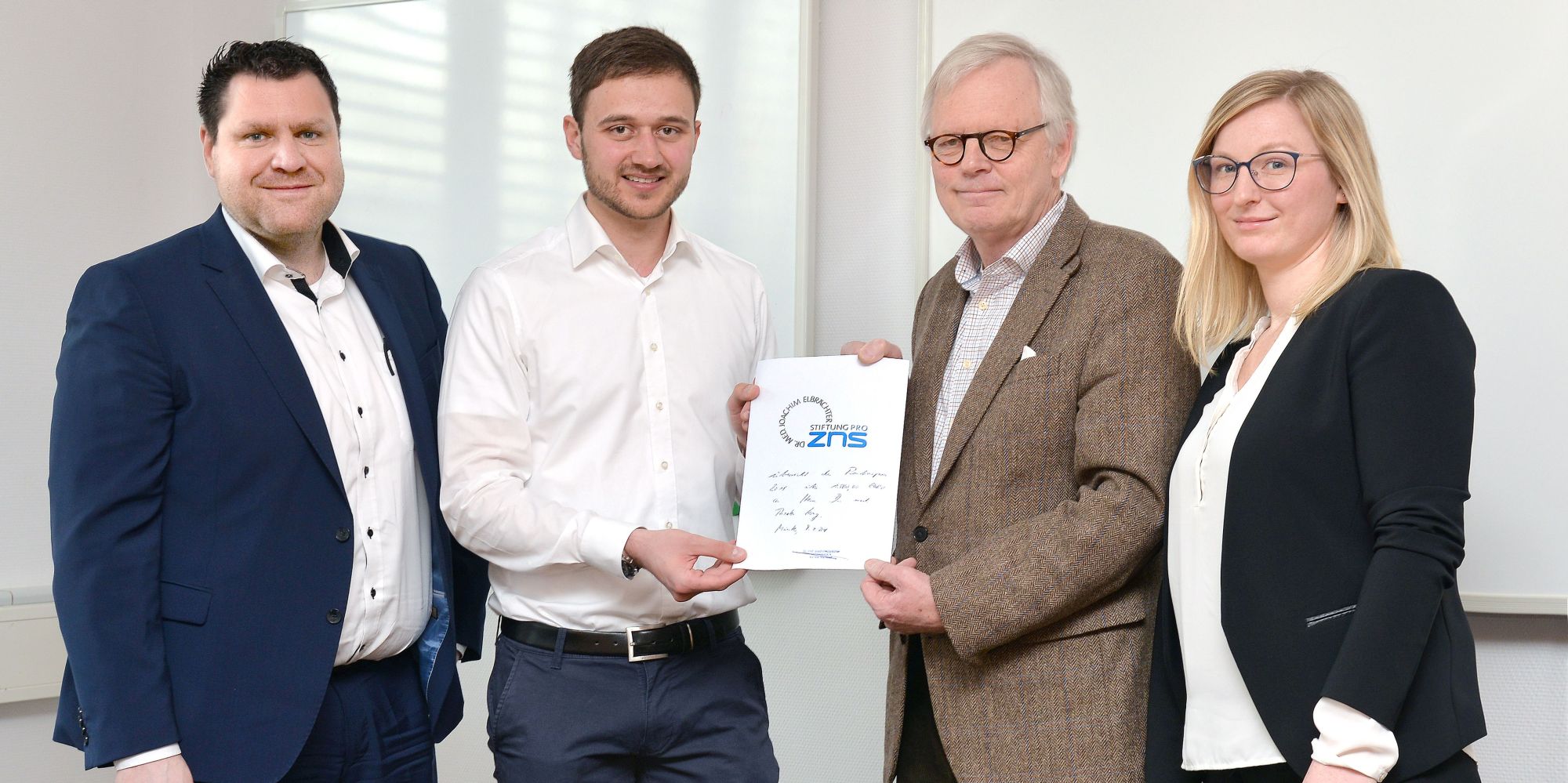News
Das "Paper of the Month" 07/2021 geht an: David Schafflick, Jolien Wolbert und Michael Heming aus der Translationalen Neurologie
Für den Monat Juli 2021 geht das „Paper of the Month“ der Medizinischen Fakultät der WWU Münster an:
David Schafflick, Jolien Wolbert und Michael Heming aus dem Institut für Translationale Neurologie für die Publikation:
BY: Schafflick, David; Wolbert, Jolien; Heming, Michael; et. al.
NATURE NEUROSCIENCE
Jahrgang Ausgabe Seitenzahlen
Published online: JUL 2021
Zu Hintergrund, Fragestellung und Bedeutung der Publikation:
Die ZNS-assoziierten Kompartimente, wie ZNS Parenchym, Dura Mater, Pia Mater, Choroid Plexus und Liquor, haben komplexe immunologische Funktionen. Allerdings waren die genauen Zellzusammensetzungen, die Unterschiede zwischen den Kompartimenten und deren Funktionen unter nicht-inflammatorischen und inflammatorischen bisher weitestgehend unbekannt.
Mit Hilfe von RNA-Sequenzierung auf Einzelzellebene fanden wir heraus, dass Leukozyten aus ZNS Parenchym, Pia Mater, Dura Mater, Choroid Plexus und Liquor eine hochspezifische Zusammensetzung und Expressionsmuster haben. Wir konnten zeigen, dass die murine Dura Mater über eine große Population von B-Zellen verfügt. Diese B-Zellen haben eine langsame Migrationsgeschwindigkeit und lange Aufenthaltsdauer im Gewebe und reifen unter Neuroinflammation. Die Dura beherbergt außerdem B-Zell-Vorläufer im pro-B-Zell Stadium, die normalerweise nicht außerhalb des Knochenmarks zu finden sind und auch nicht aus der Peripherie oder dem Schädel-Knochenmark stammen. Aus diesem Grund konnten wir die Dura als unerwarteten Aufenthaltsort für B-Zellen und wahrscheinlich deren Entwicklung identifizieren.
Unsere Erkenntnisse liefern die Basis für das Verständnis von Zusammensetzung und Funktion von Immunzellen in ZNS-assoziierten Geweben. Sie helfen zu verstehen, welche Mechanismen Entzündungsreaktionen im ZNS auslösen. Darauf aufbauend können in Zukunft Therapien entwickelt werden, die speziell gegen diese Mechanismen wirken oder diese blockieren.
Background and fundamental question of the publication:
The CNS-associated compartments, like the CNS parenchyma, dura mater, pia mater, choroid plexus and CSF, have complex immunulogical functions. Though their cell composition, the differences between the compartmtents and their function during non-inflammatory and inflammatory conditions, remained mostly unknown.
With the use of single-cell RNA-Sequencing, we identified a highly location-specific composition and expression profile of tissue-resident leukocytes in CNS parenchyma, pia-enriched subdural meninges, dura mater, choroid plexus and cerebrospinal fluid. We found that the murine dura mater contained a large population of B cells under homeostatic conditions. These B cells exhibited slow turnover and long-term tissue residency, and matured in experimental neuroinflammation. The dura also contained B lineage progenitors at the pro-B cell stage typically not found outside of bone marrow, without direct influx from the periphery or the skull bone marrow. This identified the dura as an unexpected site of B cell residence and potentially of development
Our research builds the foundation for understanding the composition and function of immune cells in CNS-associated compartments. It gives insights into the underlying mechanisms of inflammatory conditions of the CNS. Based on this, new therapeutically approaches can be developed in the future that specifically target or block these mechanisms
Die bisherigen ausgezeichneten „Papers of the Month“ finden Sie HIER.







